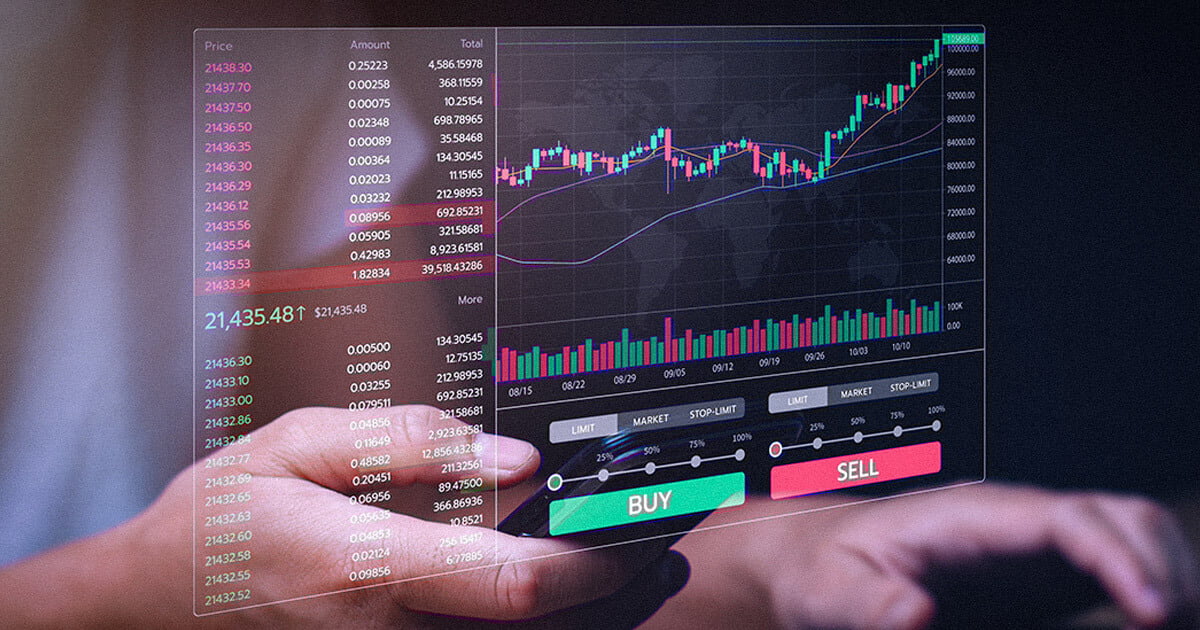
Custom Indicators in Trading: Tailoring Your Strategy for Success
Successful trading in financial markets relies on a combination of skill, strategy, and the ability to analyze market data effectively. Custom indicators are powerful tools that allow traders to tailor their strategies to suit their unique trading goals and preferences. In this article, we will explore the world of custom indicators in trading and how they enable traders to fine-tune their strategies for success.
The Significance of Indicators in Trading
Indicators in trading are mathematical calculations based on historical and real-time market data. They provide traders with insights into market trends, price movements, and potential future directions. Indicators serve as a crucial component of technical analysis, helping traders make informed decisions.
Custom Indicators: What Are They?
Custom indicators, also known as personalized or bespoke indicators, are unique technical indicators created by traders to suit their specific trading strategies and preferences. Unlike standard indicators that come with trading platforms, custom indicators are tailored to individual needs, allowing traders to gain a competitive edge in the market.
Advantages of Custom Indicators
Custom indicators offer several advantages for traders:
1. Personalization: Custom indicators can be designed to reflect a trader’s unique trading style and objectives, providing a more personalized approach to analysis.
2. Strategy Alignment: Traders can align custom indicators with their trading strategies, ensuring that the indicators complement their approach.
3. Competitive Edge: Custom indicators can give traders a competitive edge by providing insights and signals that may not be available with standard indicators.
4. Flexibility: Traders can modify and fine-tune custom indicators as market conditions change, adapting their strategies accordingly.
Types of Custom Indicators
Custom indicators can take various forms, depending on a trader’s requirements:
1. Mathematical Formulas: Traders can create custom indicators based on mathematical formulas and algorithms tailored to their strategy.
2. Price Patterns: Custom indicators can identify specific price patterns, such as head and shoulders or double tops, that are relevant to a trader’s strategy.
3. Volume Analysis: Custom volume indicators can be designed to analyze trading volume and provide insights into market sentiment.
4. Multi-Timeframe Analysis: Traders can create custom indicators that incorporate data from multiple timeframes to gain a broader perspective on the market.
Developing Custom Indicators
Developing custom indicators typically requires proficiency in programming languages such as MQL (MetaQuotes Language) for MetaTrader platforms or Python for more advanced analysis. Traders can either code their custom indicators themselves or enlist the services of a programmer or developer.
Backtesting and Validation
Before deploying custom indicators in live trading, it is essential to backtest and validate them thoroughly. Backtesting involves testing the indicator on historical data to assess its performance and reliability. Validation ensures that the custom indicator generates accurate signals under different market conditions.
Conclusion
Custom indicators in trading offer traders a powerful tool to tailor their strategies for success. By personalizing their technical analysis, traders can gain a competitive edge and enhance their decision-making processes. However, it is crucial to remember that creating and using custom indicators require a deep understanding of both trading strategies and programming languages. When used effectively, custom indicators can be instrumental in achieving trading goals and adapting to dynamic market conditions, ultimately contributing to a trader’s success in the financial markets.
